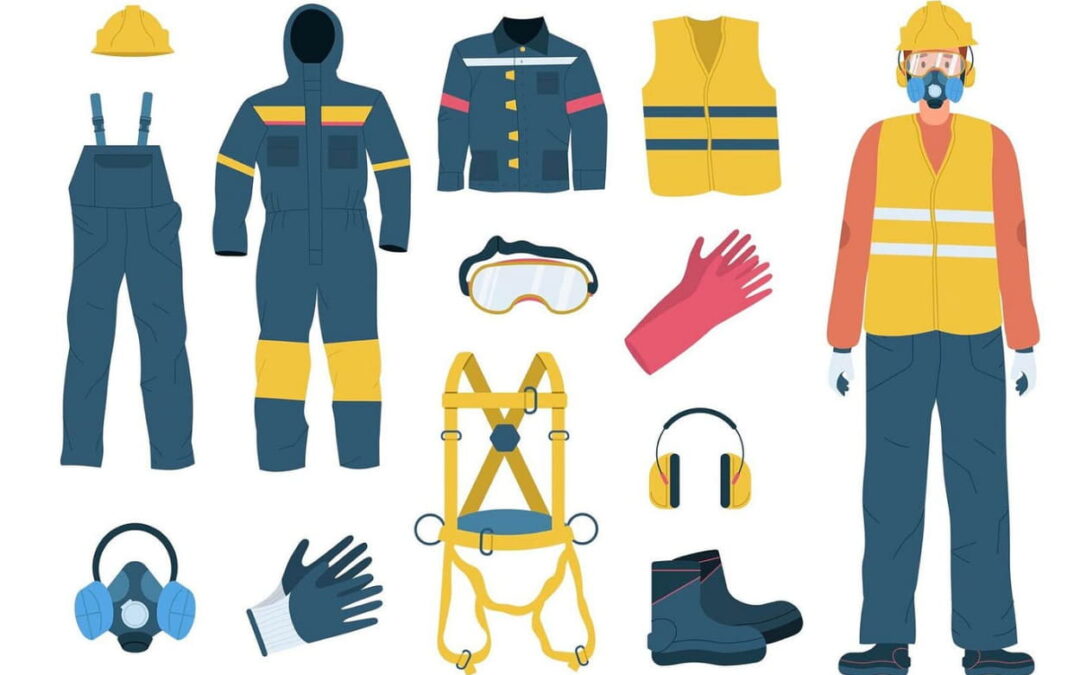Welcome to a crucial exploration of creating a workplace that prioritizes the well-being of its employees. In today’s dynamic industrial landscape, safety isn’t just a legal requirement; it’s a fundamental responsibility.
In this guide, we’ll delve into the realm of industrial safety equipment, uncovering its pivotal role in fostering a secure environment.
Understanding the Landscape of Industrial Safety
Vital Role of Industrial Safety Equipment
Industrial safety equipment forms the backbone of a secure workplace. Rather than merely reacting to accidents, these tools and devices are proactive safeguards designed to prevent incidents.
They encompass a range of gear and protocols aimed at ensuring the safety and well-being of every individual within an industrial setting.
Essential Components of Industrial Safety Equipment
Protective Clothing and Gear
When it comes to industrial environments, the right attire can make all the difference. Helmets, gloves, safety glasses, and specialized clothing are not just uniform elements; they are shields against potential hazards. Understanding the specific needs of each role and providing the appropriate protective gear is a crucial step in mitigating risks.
Respiratory Protection
In industries where airborne contaminants are a concern, respiratory protection is paramount. From dust and fumes to gases, the right respirators provide a barrier, safeguarding workers’ respiratory health. A detailed understanding of the various types of respirators and their applications is essential for effective implementation.
Fall Protection Systems
Work at heights introduces an inherent risk, making fall protection systems indispensable. Harnesses, lanyards, and other equipment are designed to prevent falls and reduce the impact should an accident occur. Proper training in the use of this equipment is as critical as the equipment itself.
Machinery and Equipment Safety
Lockout-Tagout Procedures
Working with machinery demands a meticulous approach to safety. Lockout-tagout procedures ensure that hazardous energy sources are isolated during maintenance or servicing. A comprehensive understanding of these procedures, coupled with strict adherence, is vital to preventing accidents.
Machine Guards and Safety Sensors
Machinery poses unique risks, and mitigating them involves the use of machine guards and safety sensors. These features not only prevent accidental contact with moving parts but also provide an added layer of security. Regular inspection and maintenance are key to ensuring their efficacy.
Training and Compliance in Industrial Safety
Employee Training Programs
Equipping employees with the knowledge to use safety equipment effectively is as crucial as providing the equipment itself. Robust training programs ensure that each team member understands the importance of safety measures and can navigate potential risks confidently.
Compliance with Safety Standards
Industry-specific safety standards and regulations are not just bureaucratic checkboxes; they are guidelines designed to create a baseline for safety. Ensuring compliance with these standards is a commitment to maintaining a consistently high level of safety across all aspects of industrial operations.
Conclusion
In the pursuit of a secure workplace, industrial safety equipment emerges as a silent guardian, always ready to protect and prevent. This guide has only scratched the surface of the vast landscape of safety measures available.
As you navigate the intricacies of your industrial setting, keep in mind that safety is a collective effort. Stay informed, prioritize education, and embrace a culture where the well-being of every team member is non-negotiable.
Remember, industrial safety isn’t just a set of rules – it’s a mindset that shapes a workplace where everyone can thrive without compromising their safety. So, equip your team, stay vigilant, and let the principles of industrial safety guide you towards a secure and thriving future.
